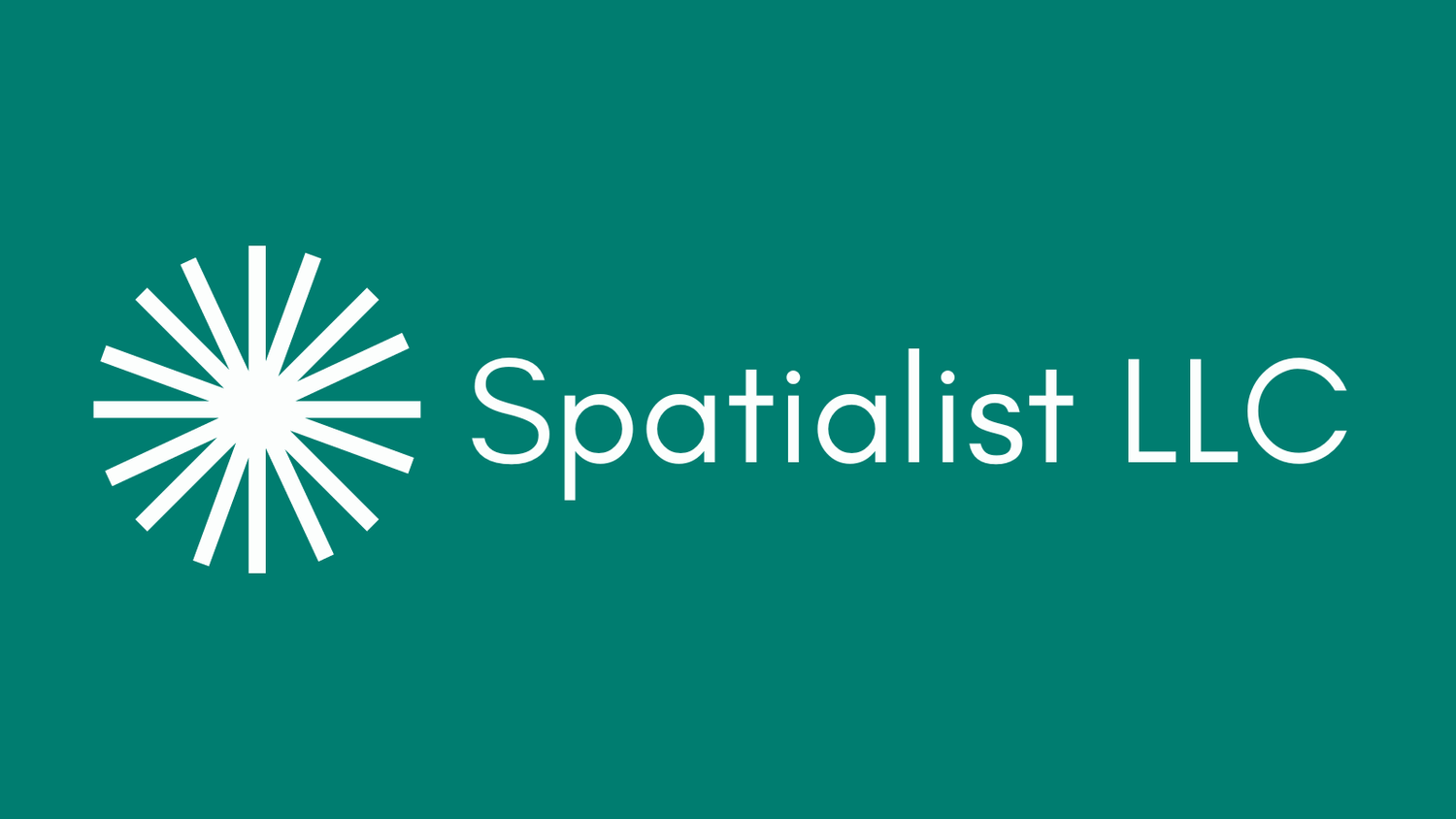Addressing Energy Burden with Community Solar
Working in the affordable housing and community development world, we know that so many low-income households face rising housing costs are in need of retaining affordable housing. Increasingly, however, low-income households are finding themselves disproportionately energy burdened - where the cost of electric and gas utilities make up a higher percentage of income than average households. Energy burden only compounds housing unaffordability, making it much harder for low-income households to afford other basic needs.
While home weatherization and other energy efficiency measures can help low-income households bring down their energy costs, these savings may be limited and low-income households could see greater savings with renewable energy technologies. However, low-income households that need the energy savings from renewables the most face the most barriers to accessing the technologies that make energy more affordable due to cost, credit, renter status, and other issues.
Spatialist is committed to reducing the energy burden of low-income households, in addition to supporting affordable housing. We can help affordable housing developments plan for and install solar energy to benefit their low-income residents. But we can also taking advantage of federal incentives and legislation in certain states to deliver solar energy savings through Community Solar.
What is Community Solar?
Community Solar is defined as a project usually built off-site from the solar users - such as on a large warehouse or solar farm - in which the benefits of the solar flow to multiple customers including individuals, businesses, and other groups. Community Solar customers purchase solar subscriptions for a portion of the energy created by the solar project and are then credited for that amount of energy usage on their electric bills. The solar subscriptions are generally purchased at a significant discount from the conventional electric utility rate, and some states also offer incentives for low-income households to purchase community solar subscriptions.
You can find out more about how Community Solar works on the U.S. Department of Energy’s Community Solar website.
How can Spatialist help me access Community Solar in my community?
Spatialist is experienced in developing large solar projects and has received unique training through the U.S. Department of Energy’s Community Power Accelerator to deliver Community Solar projects with an emphasis on providing benefits to low-income households. While Community Solar is not yet permitted in all states, more states are considering legislation to allow these projects and deliver significant energy savings and reduce carbon emissions. Spatialist currently works on Community Solar projects in Maryland, New Jersey, and New York, and is monitoring Community Solar legislation in Ohio that would allow development of these enormously beneficial projects there.
If you are a nonprofit, local government, business, housing developer, or other entity interested in exploring Community Solar or conventional solar projects, please reach out to us and see how we can help. We have the tools are passionate about expanding access to clean energy savings to reduce energy burden nationwide!
